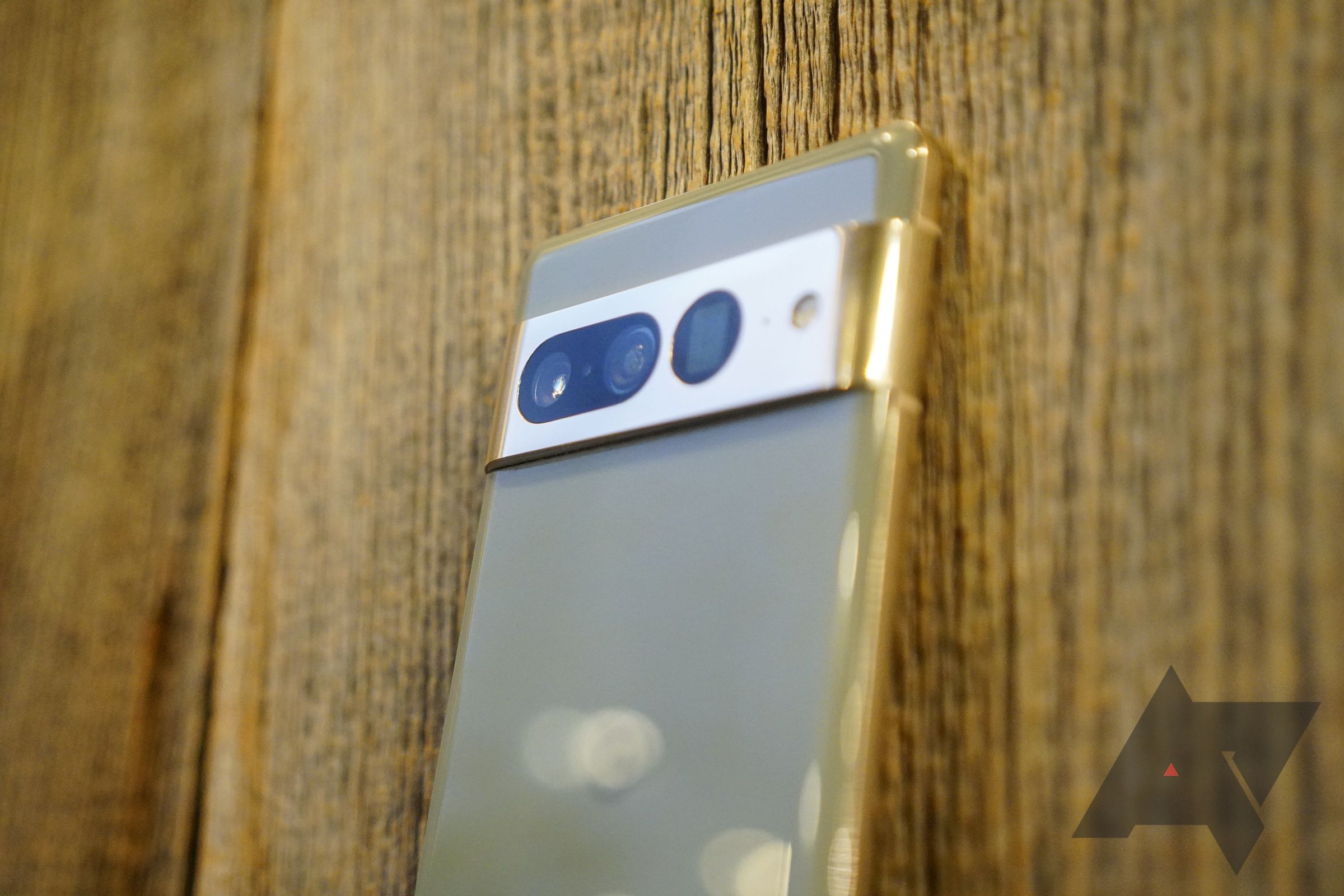Google has supported external USB cameras in its mobile OS since Android 4.3 Jelly Bean, so you’ve long been able to plug a webcam into your phone or tablet and use it for video calls. Third-party apps have also managed to make the reverse possible, giving you the option to connect your device to a computer and use it as a webcam — however, it appears Google is now working to make this a built-in feature of Android, similar to Apple's Continuity Camera that allows iPhones to function as webcams for Macs.
Code changes recently submitted to the AOSP Gerrit that were spotted by Android expert Mishaal Rahman seem to indicate that the operating system will soon offer native support for using your mobile device as a webcam for your PC, Mac, or Chromebook. The new “DeviceAsWebcam” feature would allow the phone or tablet to identify as a USB video device class, or UVC, which is the standard used by most current USB webcams, pointing to nearly universal compatibility with desktops and laptops.
A new ro.usb.uvc.enabled system property has been established that can only be read by system apps — specifically, the main Android Settings app and the USB Gadget HAL. This is a similar naming convention to the property used for USB mass storage mode, so it’s possible the system would use the notification that appears after connecting your phone to a computer to easily switch between PTP and MTP storage modes, USB tethering, MIDI, and eventually, this new webcam mode.
Android’s current USB Preferences notification and menu
A UVC device driver was added to Android’s GKI kernel just over a year ago, so it makes sense that the new webcam functionality might rely on this driver to handle hardware-level operations. It’s possible this could be made available in Android 14 later in 2023, though some features like this in the past have taken multiple version bumps to come to fruition, so we may not see it in a production build of Android for another year, if at all.
If you don’t want to wait, you can turn your phone into a webcam in a few simple steps. You’ll have to install an app like DroidCam on Android as well as your Windows or Linux machine, but then you’ll be able to use your front and rear cameras for Zoom or Google Meet video calls on your desktop.

